This article will explore the five main viewpoints in photography, so you can begin to understand how these affect your images.
Viewpoints are essentially relative positions of the photographer and their camera. Most viewpoints are based on a position that is usual for humans. For example, the eye-level view is roughly what we see when we look at things around us, without bending down or looking up.
In terms of photography, the viewpoint is where you place your camera relative to a subject. It also means how you compose a shot and relate objects within that composition. Understanding view points in photography will help you choose more interesting shots and give direction to your compositions.
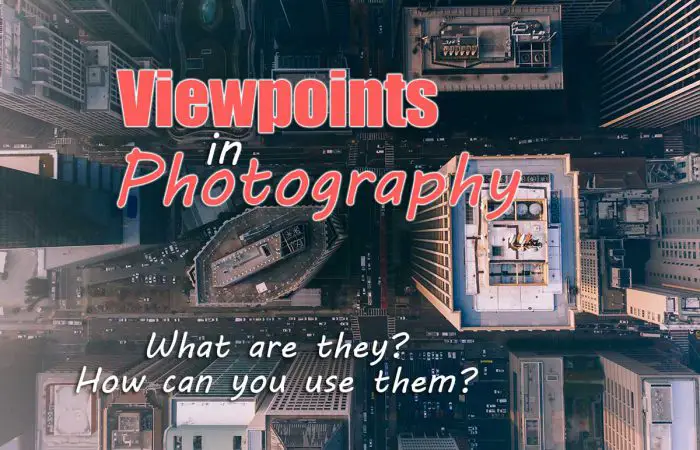
Different Viewpoints in Photography
Viewpoints can be divided into five main categories:
- Bird’s eye view photography
- High viewpoint photography
- Becoming the subject photography
- Eye level photography
- Low viewpoint photography
Let’s look at each of these categories in turn, with examples to illustrate what they are. You’ll find that different viewpoints can create very different effects in a photograph.
Bird’s Eye View Photography
The ‘bird’s-eye’ view is what we see when we look down on a subject from above.
When you shoot with a very high viewpoint, the perspective of the image changes and objects appear smaller and squashed up together, relative to how they would normally look in real life. This compression can be an interesting perspective to use in photography as it’s very different to how we usually see a scene.
Shooting from this viewpoint means that you are looking down directly onto your subject. If you wish to include more than just the subject in your shot, such as a larger scene beyond it, then shoot from even higher up if possible, otherwise using a shorter focal length lens will allow you to get everything into the frame without having to move back too far and lose definition.
As with any wide-angle photo though, you will need to take care that the edges of the frame don’t include unwanted objects or people who could spoil the shot.
This viewpoint in photography works especially well for all-encompassing landscapes, although it can be difficult to achieve without access to a helicopter, or at least a drone.
Bird’s Eye View Photography Examples
Bird’s eye view lets the viewer look down on the action and separates it from them. Because it’s relatively much harder to create photos from this viewpoint, using it can really help your pictures to stand out.
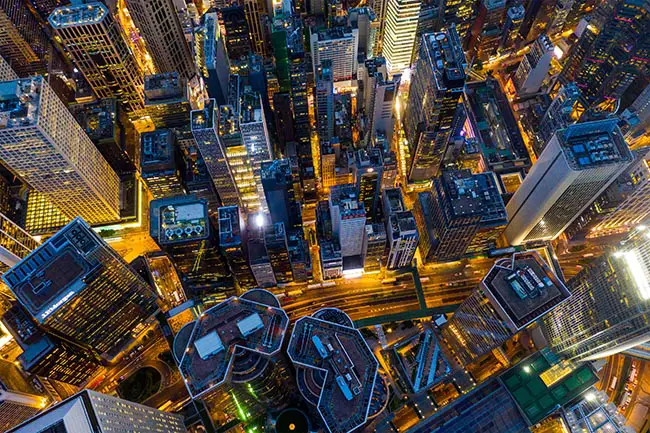

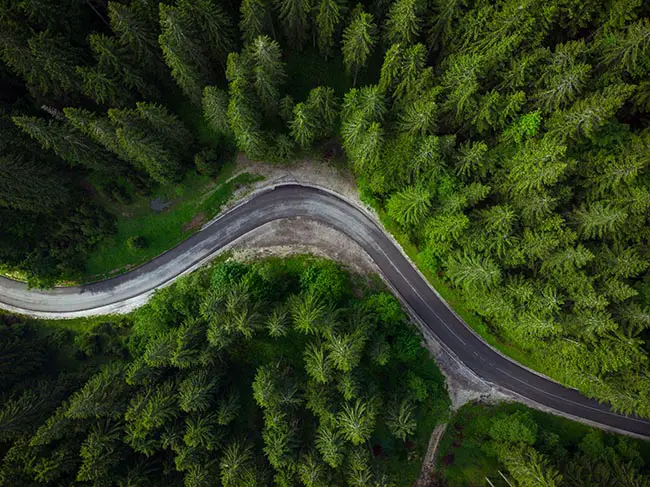

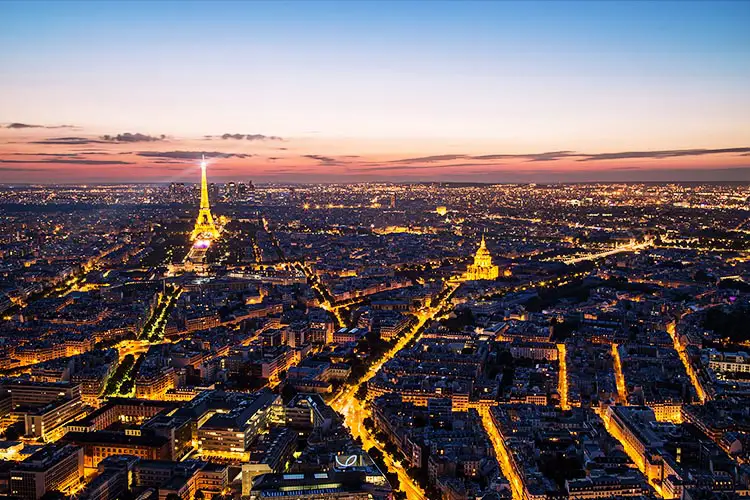
High Viewpoint Photography
The ‘High Point of View’ is looking down on your subject from a distance away (rather than directly over it).
The High Point of View is slightly different to the Bird’s Eye View, but still involves looking down at your subject. This viewpoint in photography works well for all kinds of subjects where you want to include their environment in the shot e.g. portraits and street photography.
However, for this type of shot, it can be difficult to make the subject look interesting and dynamic without getting in closer (which would mean using the Becoming The Subject viewpoint).
The High Point of View can be achieved by standing on anything that’s elevated, such as a bridge, steps or even the top of a wall.
High Point of View photography is particularly useful for photographing street scenes, as looking down at the scene creates a good sense of place and perspective. It also allows you to see interesting leading lines in the ground that point towards your subject.
You could use it to capture people engaged with their environment or working, for example, as it allows your subject to be the focus of the shot but also helps you to include some context or interesting background.
High Viewpoint Photography Examples
There is not a fine line between high viewpoint photography and bird’s eye, although generally high view point photos are taken at a lower elevation, letting the viewer get more ‘into’ the picture.
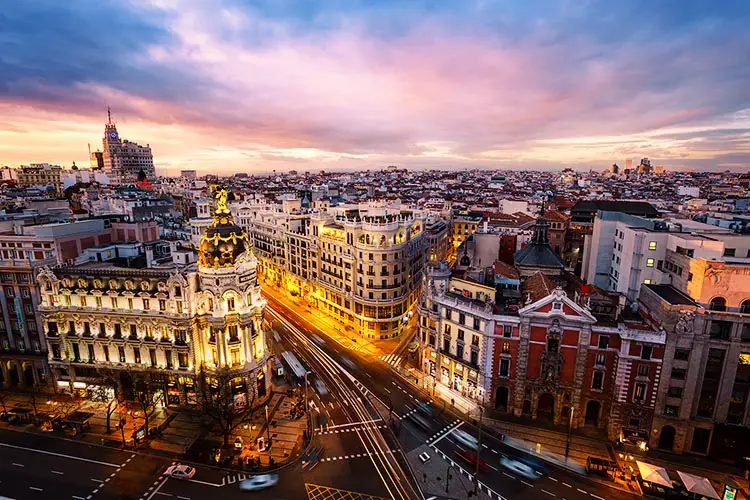
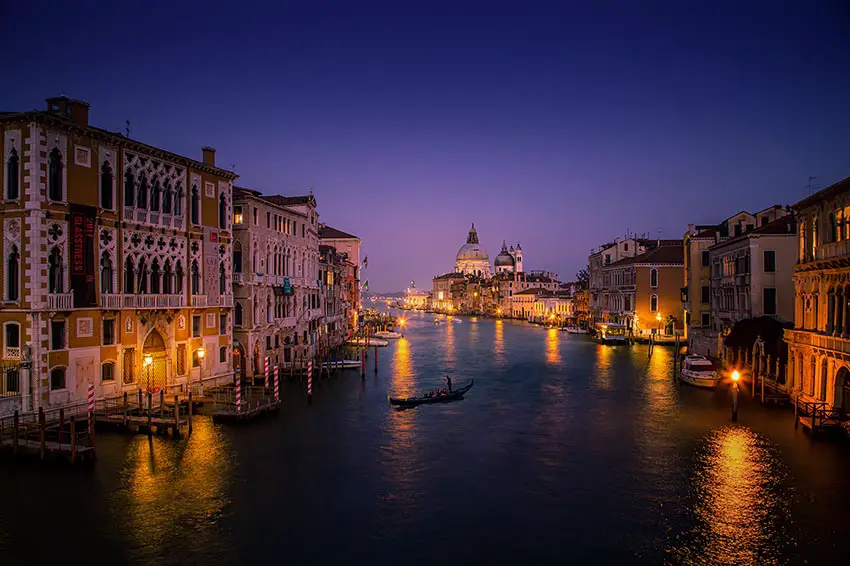


Becoming the Subject Photography
The ‘Becoming The Subject’ viewpoint is about getting into the thick of the action with your subjects, at the same level that they are at, making the viewer feel like they are part of the scene. For this reason it’s also known as ‘POV Photography’.
This type of photographic composition can work particularly well with portraits where you want to create a sense of commonality between the viewer and the subject.
This viewpoint in photography doesn’t work so well for wider scenes beyond your main subject though, as it would be difficult to fit everything into the frame without having to move back too far, which would then take you out of the action and lose the sense of connection that you are trying to foster between subject and viewer.
Becoming the Subject Photography Examples
You need to get in close for the becoming the subject viewpoint, but if you do, you can get some really unique images.
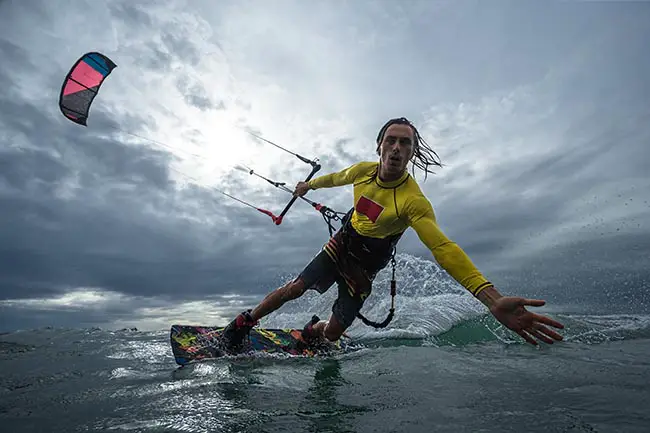
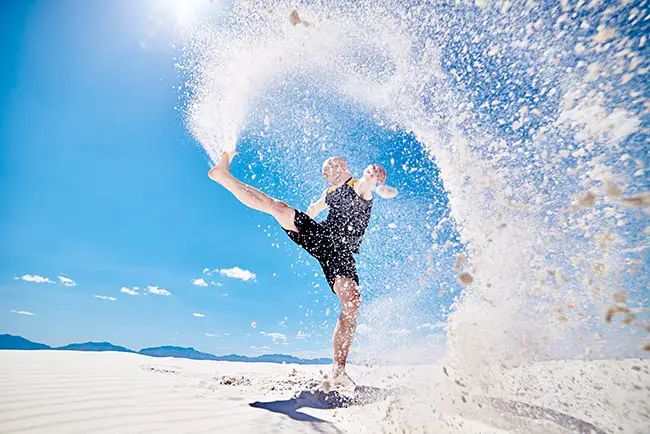
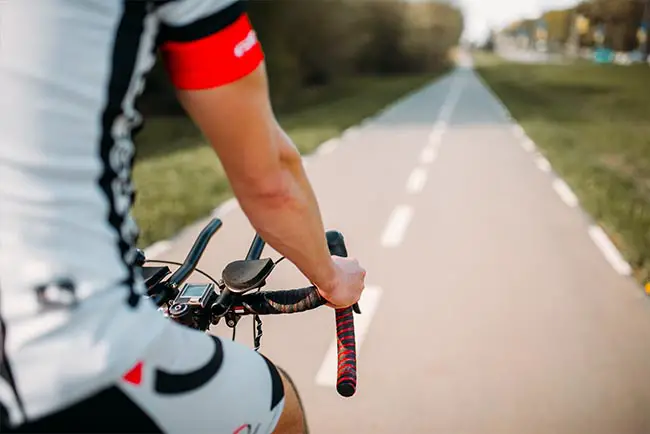
Eye Level Photography
The ‘Eye Level’ is also known as the ‘Horizon View’. When using this viewpoint in photography you aim to get your camera positioned at roughly human eye level (meaning your camera will get shots that are easy for people to relate to).
The Eye Level viewpoint is effective when photographing events such as sports or street scenes, where your subject is engaging with their environment.
It also works well for storytelling compositions as the viewer can most easily relate to this viewpoint, hence its use throughout movies and TV shows.
If you’re not hand-holding your camera, then you may find this viewpoint easier to achieve by using anything that’s around 1.5 metres high so that you can place your camera roughly at eye level (e.g. a wall, fence post, rock etc.)
Eye Level Photography Examples
The eye level photography viewpoint lets the viewer feel at home with an image, but tends not to be as close into the action as the becoming the subject viewpoint. This is the most common viewpoint used in photography.

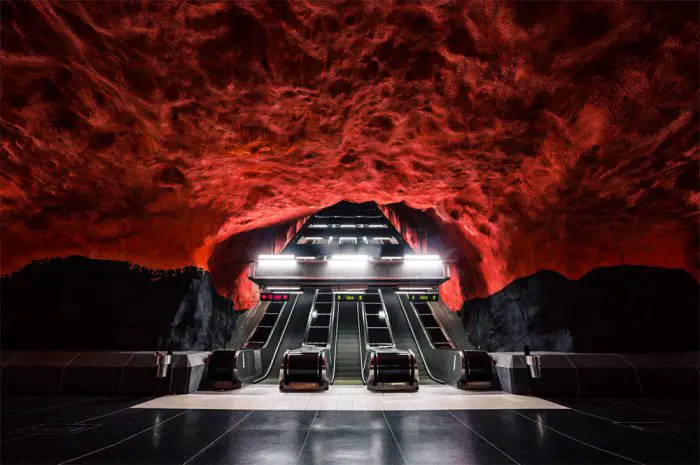


Low Viewpoint Photography
Finally, The ‘Low Point of View’ is looking upwards from ground level towards your subject (opposite to ‘High Point of View’). This type of photographic composition can work well for creating an air of dominance and power over your viewer if shooting human subjects, or any situation where an element is higher up than everything else e.g. looking up at a tall building, waterfall etc..
It can also work well to emphasize your main subject’s size if you shot upwards to include their surroundings e.g. at the base of a mountain, or to create the impression that they’re looking down on you (which could be useful for an environmental portrait where you want to portray the landscape as superior to the viewer).
This viewpoint in photography doesn’t work too well for portraits though, as it will make your subjects’ heads look disproportionately small unless you take steps to correct this afterwards (such as by using Photoshop to correct perspective, but this then largely negates the point of using this view point).
To achieve this effect try placing yourself roughly ten centimetres away from ground level (e.g. sit down on the floor, kneel) and shooting upwards towards your subject with a medium telephoto lens (e.g. 85mm on a full frame camera, 50mm on an APS – C cropped sensor).
Low Viewpoint Photography Examples
You don’t have to get right on the floor for low view point photography (although you can do for a worm’s eye view). This viewpoint is more about looking up at your subject and emphasizing its scale.
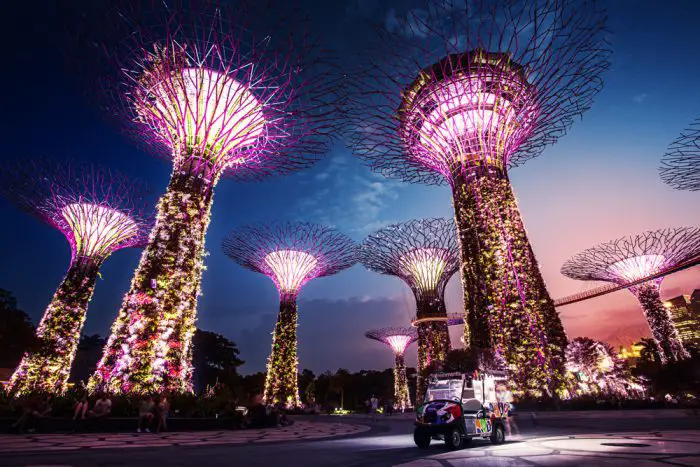
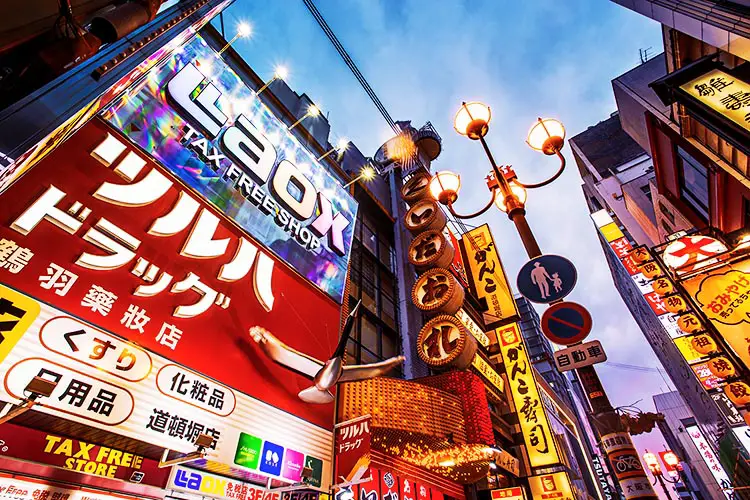
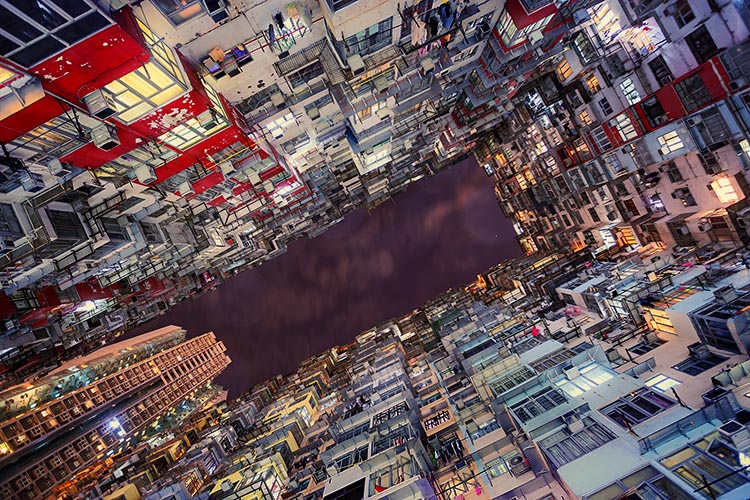
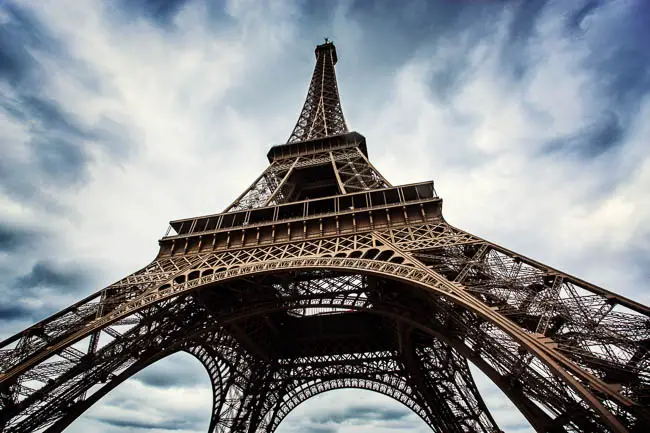
Hopefully this guide to the five viewpoints of photography has given you some useful information about how to compose more effective images in future. If you have any questions or comments please feel free to leave them in the box below, and thanks for reading.
Read More:



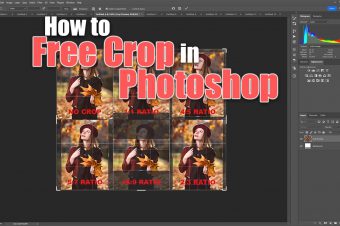
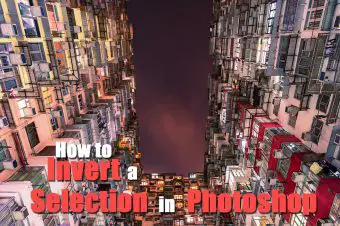

Leave a Reply